
Lot building and grading
This topic explains how lots are built and graded in natural (dry) coffee processing, why these steps are critical for consistency, traceability, and market classification, and how they influence final value.

This topic explains how lots are built and graded in natural (dry) coffee processing, why these steps are critical for consistency, traceability, and market classification, and how they influence final value.
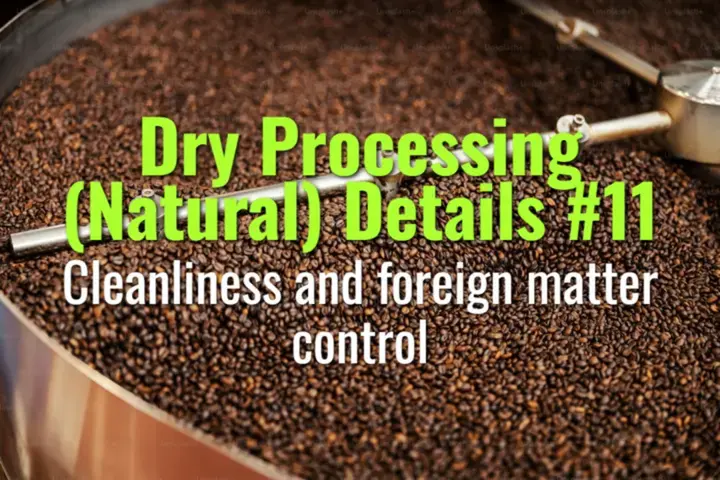
This topic explains why cleanliness and foreign matter control are critical in natural (dry) coffee processing, the common contaminants that occur, and how producers prevent them to protect quality and safety.
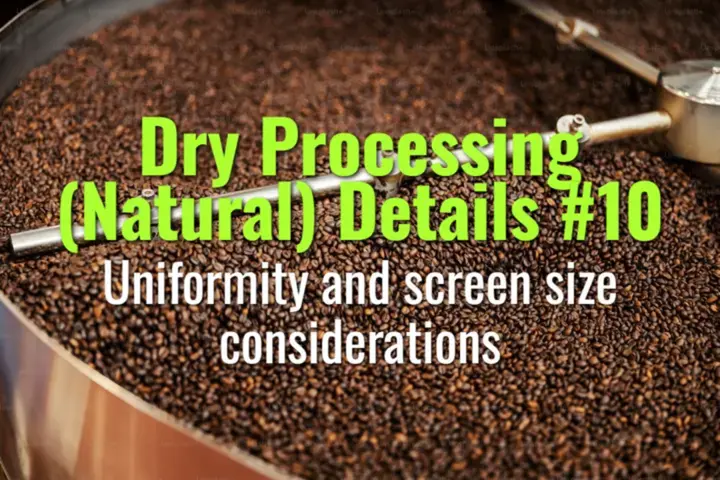
This topic explains why uniformity and screen size are important in natural (dry) coffee processing, how they are managed, and their influence on cup quality and market grading.
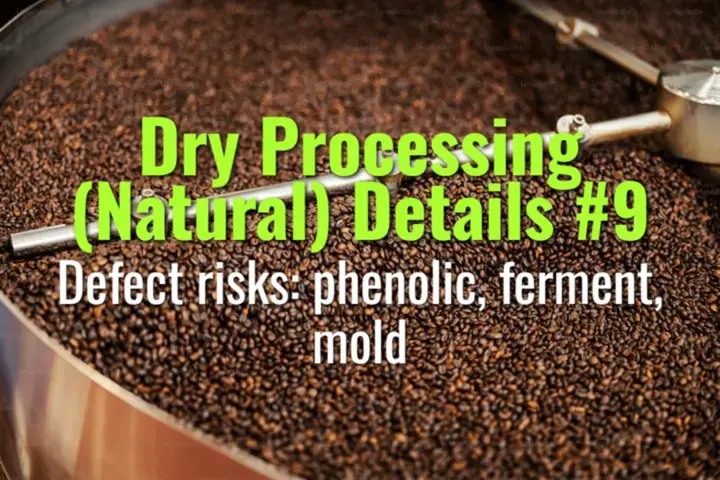
This topic explains the main defect risks in natural (dry) coffee processing—phenolic, ferment, and mold defects—how they arise, and strategies for prevention.
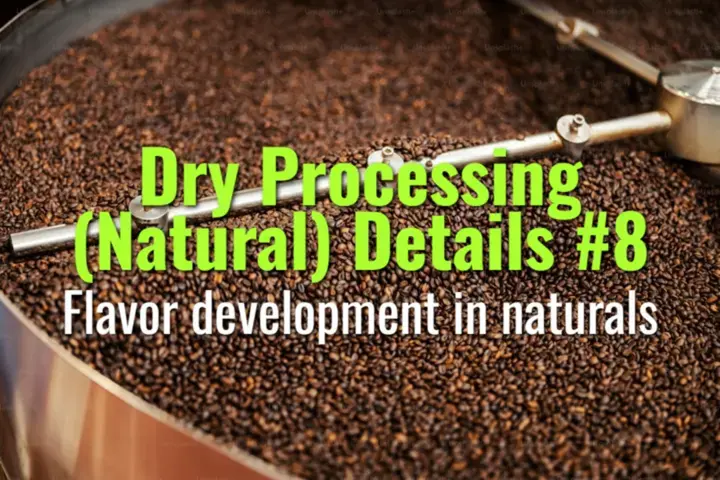
This topic explains how flavor develops in natural (dry) processed coffees, the factors that influence it, and why naturals are known for their fruit-forward, complex profiles.
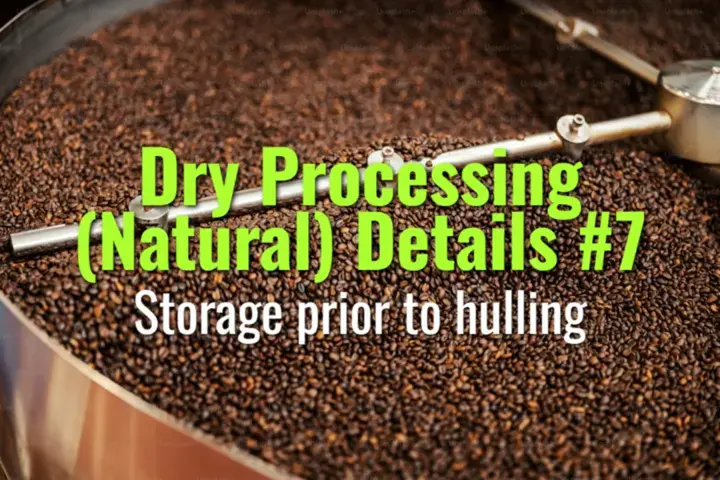
This topic explains best practices for storing dried coffee cherries or parchment before hulling, and how storage conditions affect quality, safety, and market value.